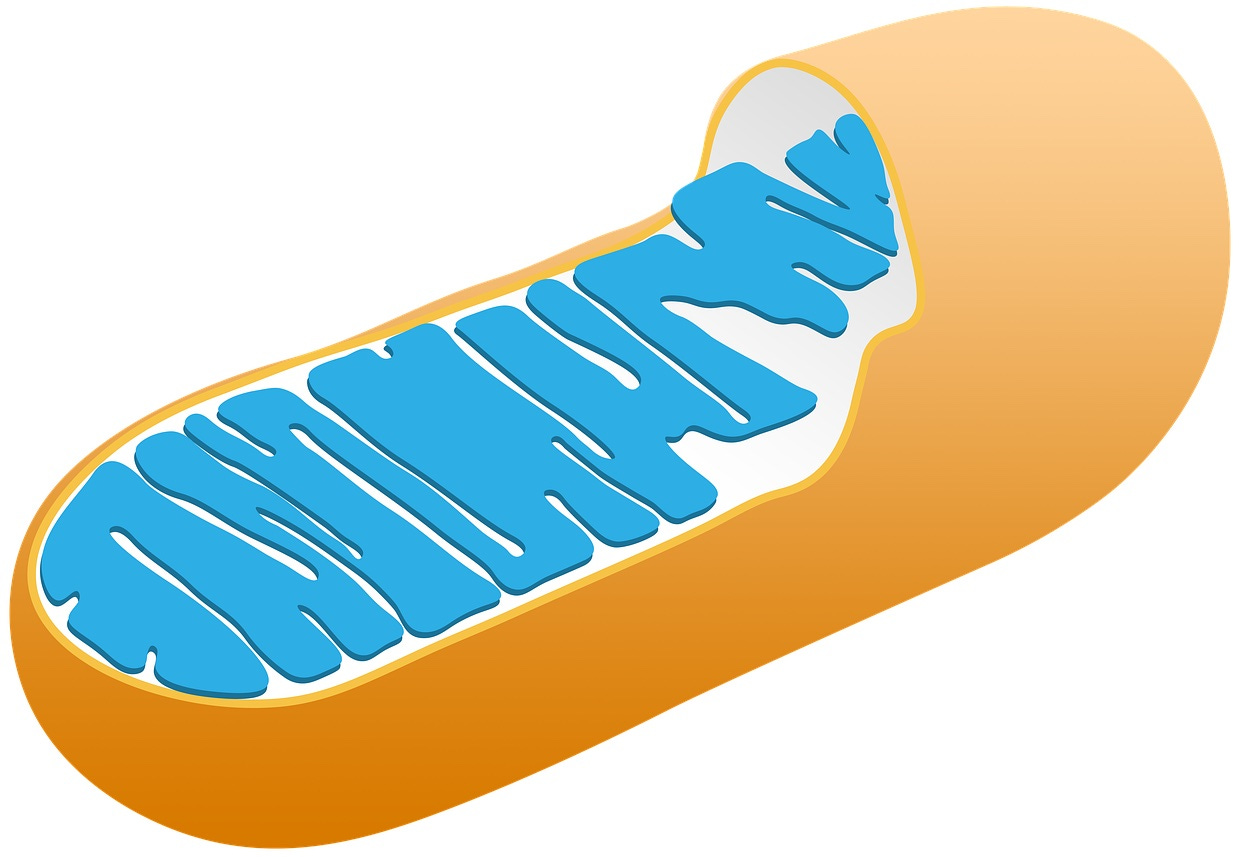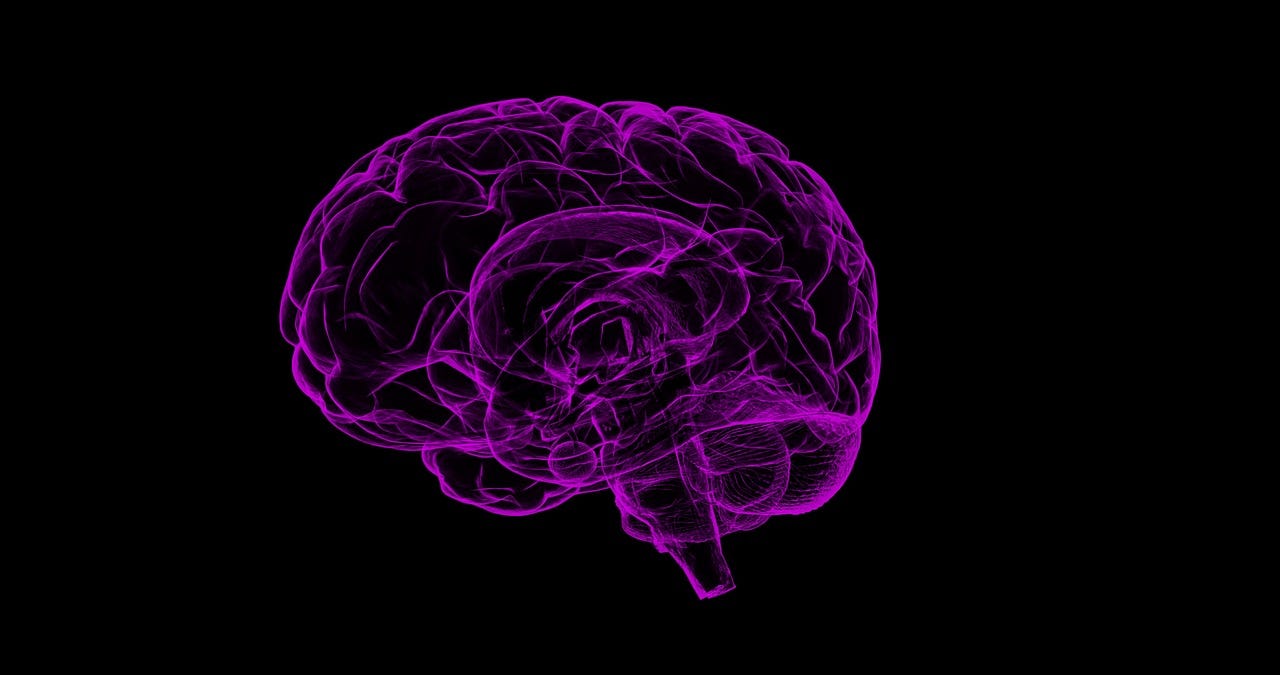Wellthy adjective - characterized by focusing on good habits to make it easier to make healthy choices to have a balanced, healthy life that includes enjoying simple pleasures without guilt.
On Saturday, May 8th, I attended the Virtual Biohacking Conference hosted by Dave Asprey. Dave is an entrepreneur, best-selling author, and known as the “father of biohacking.” He is perhaps most famous for creating the Bulletproof Diet.
Biohacking is the art and science of changing the environment around you and inside you to control your full biology. The common theme in biohacking is that we control our brains, bodies, and overall health. There was a lot of information shared at the conference, and this is my summary of the key takeaways. Let’s dive in!
When you are depressed, you are living in the past. When you are anxious, you are living in the future. When you are at peace, you are living in the present. —Amy Robach
10 Simple and FREE Biohacks
Let’s start simple. Here are some hacks anyone can do for FREE that have the highest return on investment. As always, you should consult with a medical professional before making major dietary or lifestyle changes.
Intermittent fasting/time-restricted eating - Don’t eat for a period of time every day. Start with 12 hours. Choose the time window that works best for you, but ideally, you shouldn’t eat after the sun goes down. Stop consuming calories at least three hours before bedtime. You can find more information about fasting in a previous newsletter.
Calorie restriction - Stop eating so much (unless you are underweight). Most people (including me) can afford to lose a few pounds. Those last few bites don’t even taste that good anyway.
Become metabolically flexible - Get your body used to switching between glucose and ketones for fuel. Low-carb and ketogenic diets can be used to switch the body into making ketones. You can also add external ketones such as medium-chain triglycerides in the form of MCT oil.
Eat more polyphenols - These are plant-based compounds that increase brain function. Coffee, dark chocolate, berries, and certain nuts are high in polyphenols.
More good light, less junk light - Get at least 30 minutes of sunlight exposure every day. Bonus points if you get that exposure in the morning to synchronize your circadian rhythm and sleep cycle. Minimize exposure to junk light in the form of bad blue light emitted from all LED screens. This is especially important after the sun goes down.
Exercise - Yes, we’ve all heard it. Someone once told me to look into “micro-exercise.” I asked what it was. He said you could do high-intensity training for five minutes. I said, “Five minutes?? To me, micro-exercise is more like five seconds!” I’m talking to the people like me who are not fans of exercise and wake up in cold sweats with nightmares of being back in PE class. Pick an activity you can tolerate and get up and move for 20-30 minutes a day.
Get cold - Cold exposure builds psychological and physiological resilience. Start by finishing your shower with 30 seconds of cold water. Yes, it is unpleasant in the beginning. The more you do it, the easier it becomes.
Learn the power of your breath - There are science-backed breathing techniques that can affect your nervous system and emotional state. Read more about deep breathing here.
Practice gratitude daily - You cannot be fearful and grateful at the same time. Be grateful for what you have and express gratitude to others. Do whatever it takes to reminds yourself every day to feel grateful.
Make good sleep non-negotiable - Stop with the excuses about why you can’t get good sleep. Most bad sleep is due to bad habits. If you can only work on one thing on this list, sleep should be the one. I wrote more about sleep in a previous newsletter.
After just one night of getting only four or five hours of sleep, your natural killer cells—the ones that attack the cancer cells that appear in your body every day—drop by 70%. —Matthew Walker
What about all that cool, cutting-edge biohacking stuff? Let’s take a deeper dive.
Better mitochondria = better you
Mitochondria, the powerhouses of your cells, are ancient bacteria that fused with our cells millions of years ago. First and foremost, mitochondria are environmental sensors. They decide what to do by looking at the environment and what other mitochondria are doing. They can make proteins, hormones, neurotransmitters, power, and inflammation. Most of our egos and behaviors derive from our mitochondrial programming. Mitochondria are primed to sense dangerous things. Short-term stress is good, but long-term stress is not good. How can we help our mitochondria function better? Aside from all the advice above, here are more advanced techniques.
Increase mitophagy, which is a process that cleans up defective mitochondria and allows mitochondria to repair themselves. Mitophagy can be triggered by a compound called Urolithin A, produced in the body when we eat foods like pomegranates and certain berries and nuts. Alternatively, you can supplement with Urolithin A directly with a new product called Mitopure from the company Timeline Nutrition.
Maintain/increase NAD+, which is nicotinamide adenine dinucleotide, a molecule found in all living cells that plays a vital role in energy metabolism and is crucial for mitochondria function. Unfortunately, NAD+ declines significantly as we get older. Calorie restriction and/or fasting have been shown to increase NAD+ levels. Some supplements can help like Bulletproof’s Keto Prime.
Supplement with Spermidine (go ahead, laugh), a profound anti-aging compound. It mimics the benefits of fasting and acts as a mitochondria booster. The supplement is finally available to consumers courtesy of Longevity Labs.
Use light therapy to recharge your cells and wear glasses that block junk light. I wrote about my experience with red light therapy in a previous newsletter. Dave’s company Truedark (affiliate link) sells a variety of these products.
Use ozone therapy with options such as Simply03. I know some studies demonstrate the effectiveness of ozone therapy, but this one is expert level.
Increase intake of Exclusion Zone (EZ) water. The cheap way is to blend Bulletproof coffee. The expensive way is to use a device like the NanoVi. I have this one on my wish list.
Making good decisions
Dr. David Perlmutter is a board-certified neurologist and five-time New York Times best-selling author. He provided an informative talk about how we can re-wire our brains for better decision-making.
The prefrontal cortex takes up 1/3 of the brain. It is responsible for the following:
Planning complex behavior
Suppressing socially-unacceptable urges
Understanding good and bad
Planning for the future
Empathy
Compassion
The amygdala, often called the “fear center” of the brain, is located deep in the left and right temporal lobes. The amygdala is responsible for the following:
Impulsivity
Narcissism
Shortsightedness
Us vs. them
The prefrontal cortex normally has top-down control over the amygdala. We should have a healthy balance between these two brain regions. Disconnection syndrome is when the prefrontal cortex is not properly balanced with the amygdala. This leads to impulsiveness, inability to control emotions, and lack of empathy.
What causes disconnection syndrome?
Poor sleep
Stress
Too much inactivity
Chronic inflammation
Inappropriate internet/social media use
Americans spend 42% of their waking hours (6 hours) looking at screens.
Apply the test of TIME for online usage:
T - How much time will you allocate?
I - Is it intentional?
M- Are you mindful and aware of what you are doing?
E - Is what you are doing enriching your life?
All the good habits of diet, sleep, exercise, exposure to nature, and meditation will help keep the brain balance that leads to good decisions.
Where we place our attention is where we place our energy. —Dr. Joe Dispenza
At every conference, there is a random drawing for prizes. The big prize is Dave’s program called 40 Years of Zen. This is a five-day neurofeedback program that combines ancient wisdom with advanced neuroscience to help people re-wire their brains, reprogram neural pathways, and become more resilient. I was shocked when Dave read my name as one of the ticket winners. I know this program will be amazing, and I am extremely grateful for this opportunity. Of course, I will be documenting my experience and giving subscribers a behind-the-scenes look.
Did you miss the first Virtual Biohacking Conference in October of 2020? You can read my recap of that event and everything you’ve ever wanted to know about Bulletproof coffee here.
Which of the 10 simple and free biohacks are you ready to try today?
Follow Be Wellthy on Twitter, and let’s have a conversation!
The Be Wellthy Newsletter comes out once a week on Mondays. Subscribe and never miss an issue!








Thank you for sharing this Recap of the Biohacking Conference Brandon, you were quite successful on putting 3 days of conference in one single blog post! That's a WIN! ...by the way, the Nanovi is also in my wishlist.